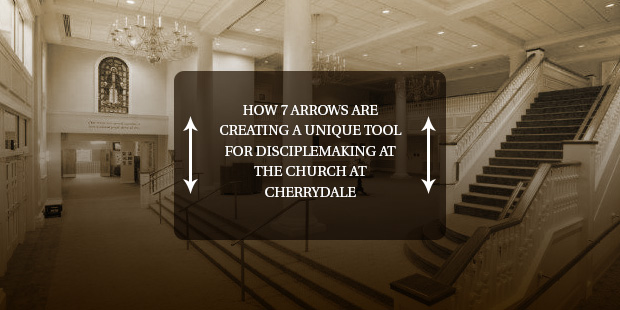
Ministry Leaders: Do You Recruit People for the Task or Reproduce Leaders for the Mission?
As leaders, we are in the business of replacing ourselves. It would be easy to make the case that if you are not preparing someone else to take your place and/or outpace your abilities, then you are not truly leading people. Often, the desire to stay in the position of leadership comes from a “command and control” attitude. It is the kind of leadership found in The Prince by Machiavelli. It is a leadership that enlists people into your work but never releases them for any other work.
I find one of the base differences to lie in our attitude. It is the difference between recruitment versus reproduction in leadership. So ask yourself this simple question:
Am I recruiting people to do tasks or am I reproducing leaders for the mission?
Within the church, I find too many places are simply recruiting people to fill positions, do tasks, or fill a void. It is even masked in spiritual language. “We need you to step up to this volunteer position.” “Can you fill in for the next few months until we find someone who will take it long term?” “The term of service is just three years.” At times, these are necessary statements to describe positions and give expectations. However, they should be ancillary issues to the real work of reproducing leaders. As with many things, it comes down to your priorities.
In his book Organic Leadership, Neil Cole wrote, “Recruitment is a practice in subtraction – taking people from one ministry to work in another. Reproducing leaders from the harvest and for the harvest is a practice of multiplication. The end results of these two methods are as far apart as the east is from the west.” Leaders must discipline themselves to choose reproduction over recruitment. Otherwise, you will simply steal back and forth from ministries within your church… and others.
Here are five contrasts to use in testing how you are doing in this arena:
- Recruitment produces more followers. Reproduction produces more leaders.
- Recruitment provides minimalistic orientation. Reproduction provides substantial training.
- Recruitment is delegation ending in abandonment. Reproduction leads to commissioning.
- Recruitment only transfers knowledge. Reproduction is part of a robust disciple making system.
- Recruitment enlists members. Reproduction creates partners.
Recruitment is often a form of arrogance. It occurs when we back ourselves into the corner that “only I can lead the work” and “only I know how it should be done” and “only I can see where we need to go.” On a daily basis, test yourself to ensure that you are participating in the mission that is larger than yourself and has Christ as its King. When you keep a kingdom perspective, it will be easier to reproduce leaders rather than recruit followers.

Tags: Connect, Philip Nation, Reproduce, Serve, reproduce leaders, reproduction









































